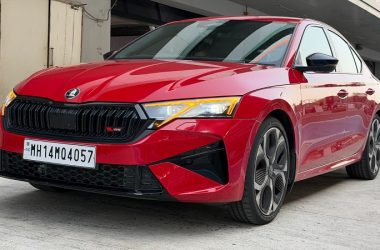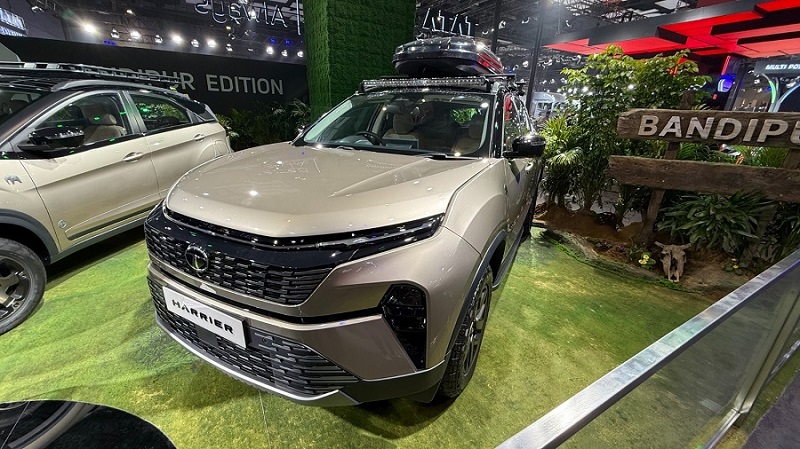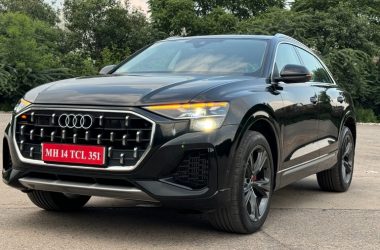Mumbai — When the tortoise gets a turbocharger.
In a development that would make both Ratan Tata and Elon Musk smirk thoughtfully over their chai, Tata Motors has officially transitioned from a “Laggard” to a “Transitioner” in the freshly released Global Automaker Rating 2024/25 by the International Council on Clean Transportation (ICCT). Themed “Who is leading the transition to electric vehicles?”, the report rates the top 21 light-duty vehicle manufacturers worldwide based on their sprint (or snail-crawl) toward zero-emission vehicles (ZEVs).
And this year, Tata Motors isn’t just walking — it’s quietly whirring ahead.
⚡ From Diesel Dinosaur to Electric Dynamo
In 2023, Tata was nestled in the “Laggard” category — the automotive equivalent of being stuck in the left lane on the Yamuna Expressway with your hazards on. But come 2024, the Indian automaker floored the EV pedal with new launches (like the Ace EV mini truck), a battery of battery recycling initiatives, and leading global rankings in BEV energy efficiency — topping the list with a whisper-quiet 110 Wh/km energy consumption. That’s 67% more efficient than Mazda, which seems to still be charging… spiritually.
🏆 Efficiency, Recycling, and… Reality Checks
The ICCT commended Tata Motors for:
- Leading energy efficiency globally, beating even the best Chinese contenders.
- Expanding EV coverage, particularly in the small LCV class — a move that brought joy to fleet managers and urban delivery boys alike.
- Improving battery recycling via Jaguar Land Rover’s expanded efforts in China.
Tata’s $1.9 billion EV investment plan through FY25–30 also turned heads, adding credibility to its ZEV ambitions.
However, there’s a small wrench in the otherwise electric parade.
🚦 Strategic Vision: A Bit of a Short Circuit?
While Tata aced on performance and product expansion, the ICCT docked it a few points for muddled long-term ZEV targets and tepid executive accountability. For example, JLR improved its sustainability bonus weightage (from 17% to 25%), but the parent company’s strategic alignment was still termed as needing more voltage.
The average charging speed, too, remains in the slow lane — with the best-selling Punch EV crawling to 80% in 56 minutes, offering enough time for users to watch a cricket innings and half a movie.
🔋 India’s Silent EV Revolution? Tata’s Got a Plug in It.
The report shows that global EV sales hit a record 20% of LDVs in 2024. China dominates the space with players like BYD, SAIC, and Geely turbocharging their sales and strategy. Yet, amid this global joust, Tata Motors stands tall as a uniquely Indian success story — homegrown, humble, and now finally high-voltage.
JLR, also under Tata’s wing, continues to aim for a 100% ZEV lineup by 2035, with Jaguar even more ambitious at 2025. Tata’s influence, it seems, is quietly reshaping not just Indian roads but global rankings.
⚙ Final Charge
As the world races toward cleaner transport, Tata Motors has proved that you don’t need to start first — you just need to know when to plug in.
From delivering LPG cylinders in the ’80s to delivering low-emission promises in 2025, Tata’s journey is proof that with enough ambition (and about ₹16,000 crores), even an old diesel giant can evolve into an electric pioneer.
Next up: Can it overtake BYD and Tesla? Maybe not today, but at least it’s not stuck in reverse anymore.







